University of Wollongong Home to Australia’s Most Sustainable Building
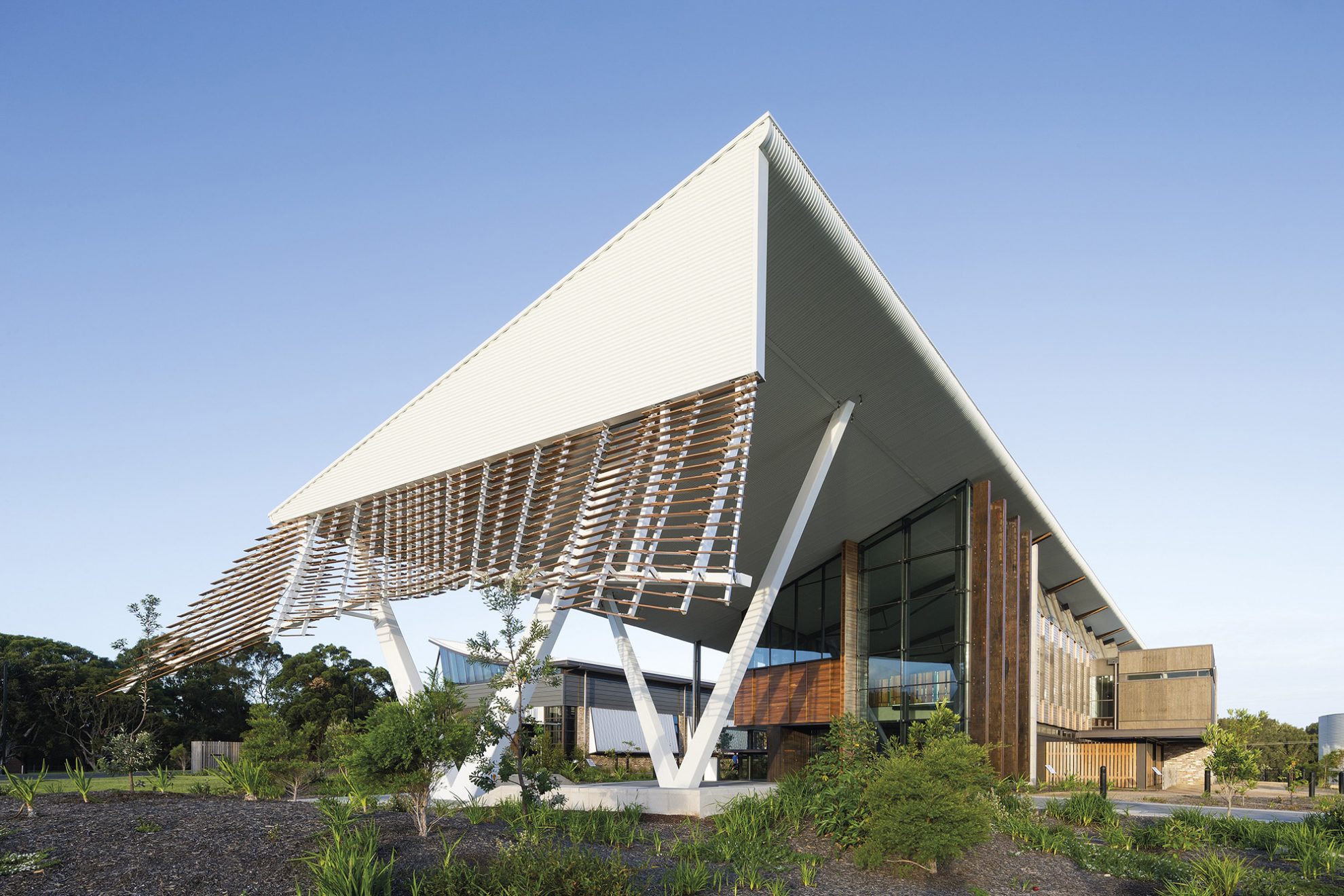
The University of Wollongong’s Sustainable Buildings Research Centre (SBRC) has achieved full marks under the world’s toughest sustainability standard for buildings, the Living Building Challenge (LBC). The result confirms that the SBRC building has set a new benchmark as arguably the most sustainable building in Australia.
The LBC, administered by the International Living Future Institute (ILFI), certifies projects that meet ambitious green building performance standards through a framework of “Petals” around categories that include Energy, Materials, and Water. “Living” Certified buildings have met the criteria for all seven petals. There are only 24 buildings in the world that have met all seven Petals and are considered Living Certified; an exclusive list that now includes the SBRC.
SBRC Director Senior Professor Paul Cooper said the research centre’s design was based on the LBC regenerative design framework aimed at creating “living” buildings that make a positive impact on our society and our environment overall.
“The building has been carefully designed to generate positive health and wellbeing through a restorative and healthy coexistence with nature, including the use of green walls and native plants, creating a strong connection between the building occupants and the landscape,” he said.
SBRC Director Senior Professor Paul Cooper
“From day one, I said to the design team that we wanted to create a building that went way beyond the current benchmark for sustainable buildings. We believe society as a whole needs to do much better than that.”
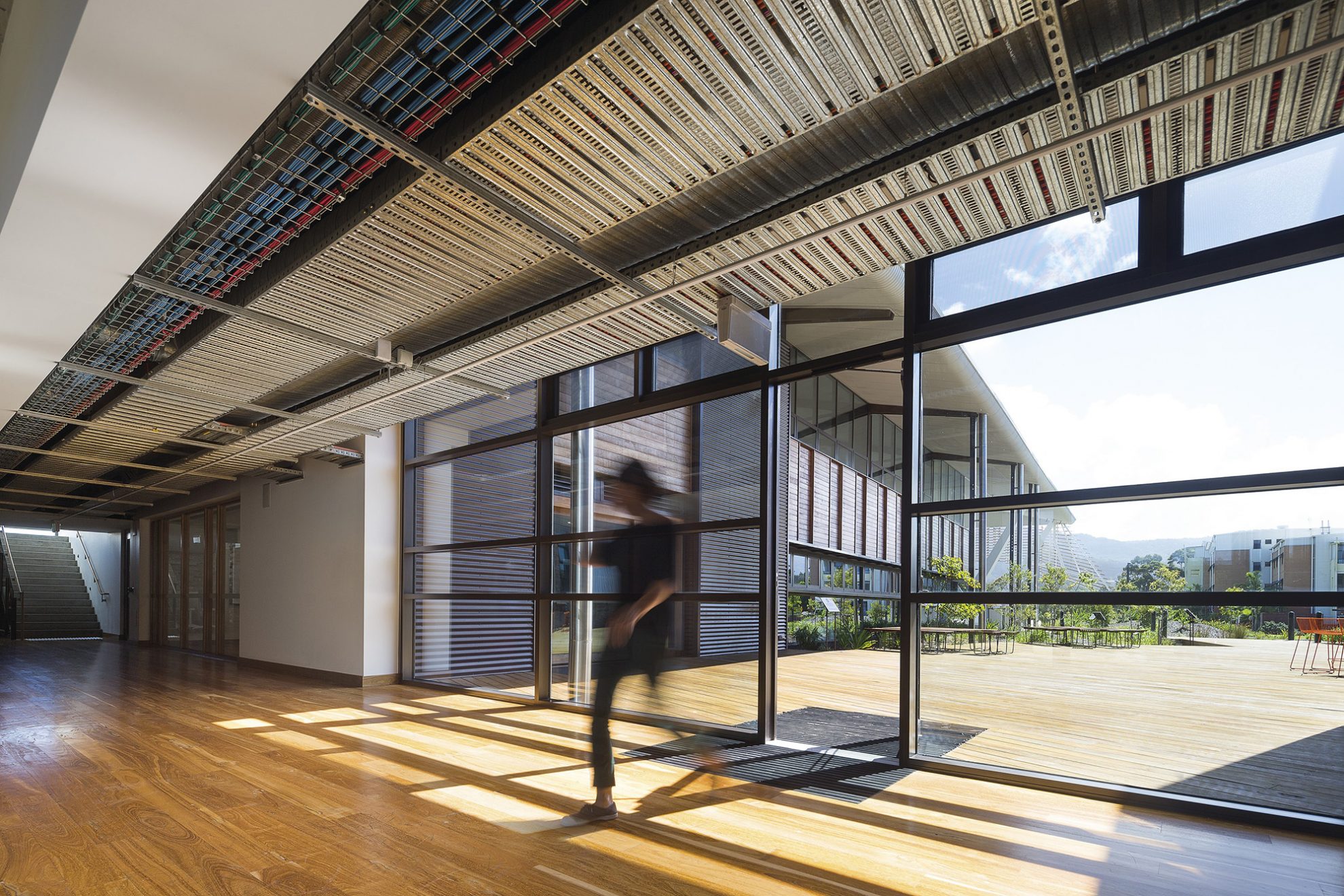
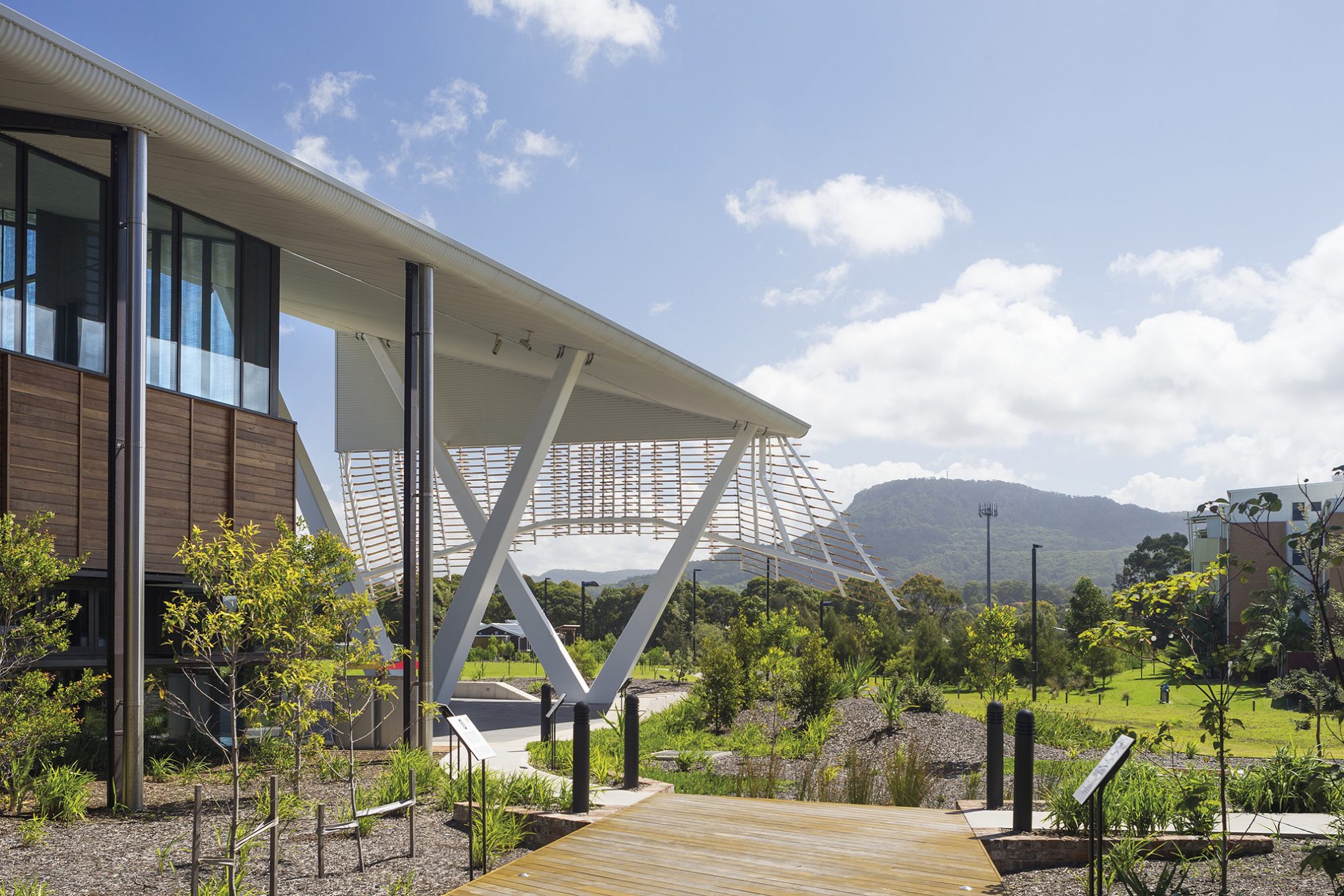
The team used the LBC framework as a way to design and construct a building that is not just sustainable, but aims to be restorative.
“Sustainable means effectively you’re not doing any net harm overall – but restorative means you’re doing something that’s addressing some of the environmental damage that has been done in the past,” Professor Cooper said.
The LBC is “the world’s most rigorous proven performance standard for buildings”. To earn the full seven Petals, the SBRC building was tested against stringent performance standards and metrics covering energy use, site utilisation, health and happiness, equity, beauty, water and materials used.
“We had to track every single item and material that came into the building as part of construction,” Professor Cooper said.
“No ‘red list’ materials – formaldehyde, chromium, mercury, PVC, for example – are allowed during the building process. None of the materials or pieces of equipment or building elements are allowed to have red list materials unless an exemption has been given.
“There were also sourcing restrictions on the building materials, for example steel and concrete could be sourced from no more than 500km away, to limit ‘embodied’ carbon emissions and environmental impact due to transport of the construction materials to site.”
The LBC certification process aims to inspire people to design buildings that are as “efficient as a flower; a simple symbol for the ideal built environment”.
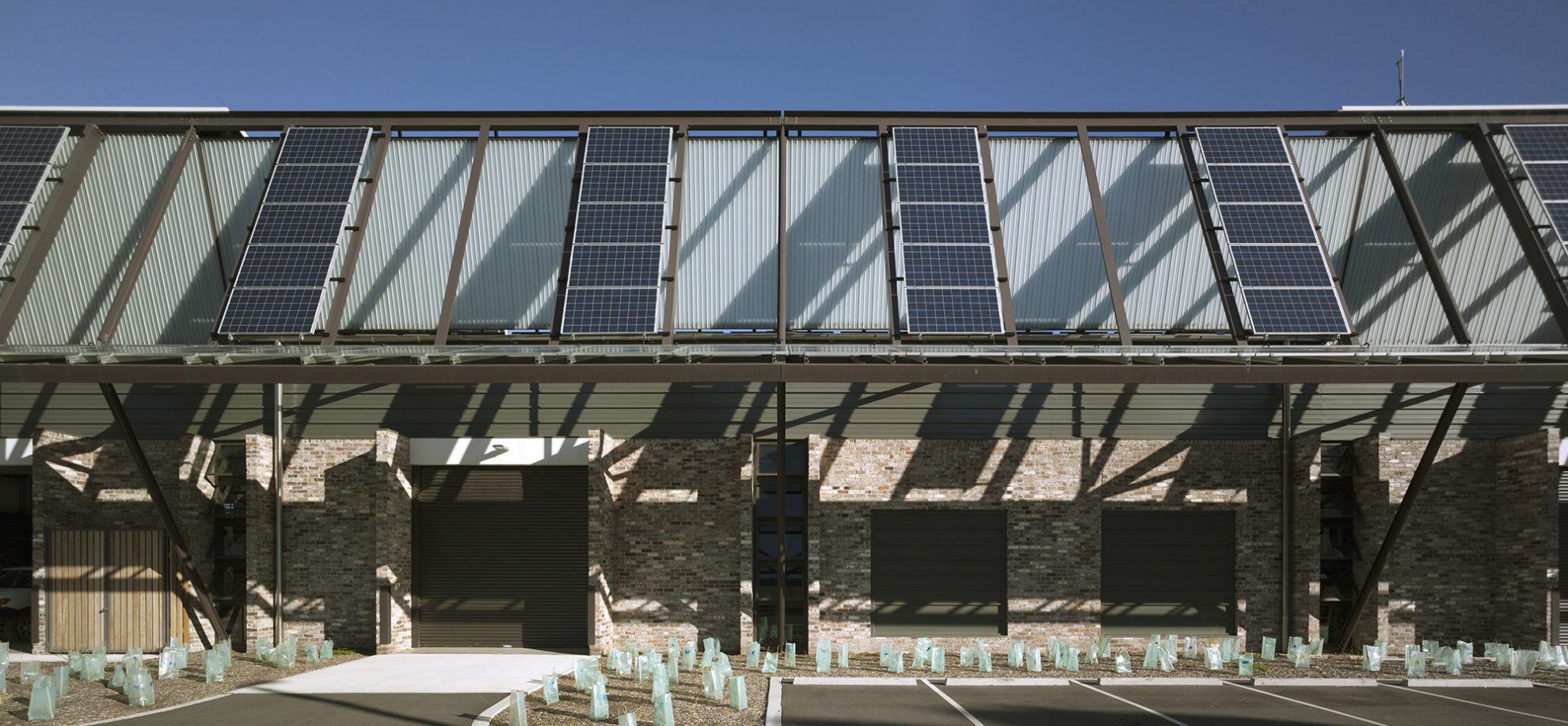
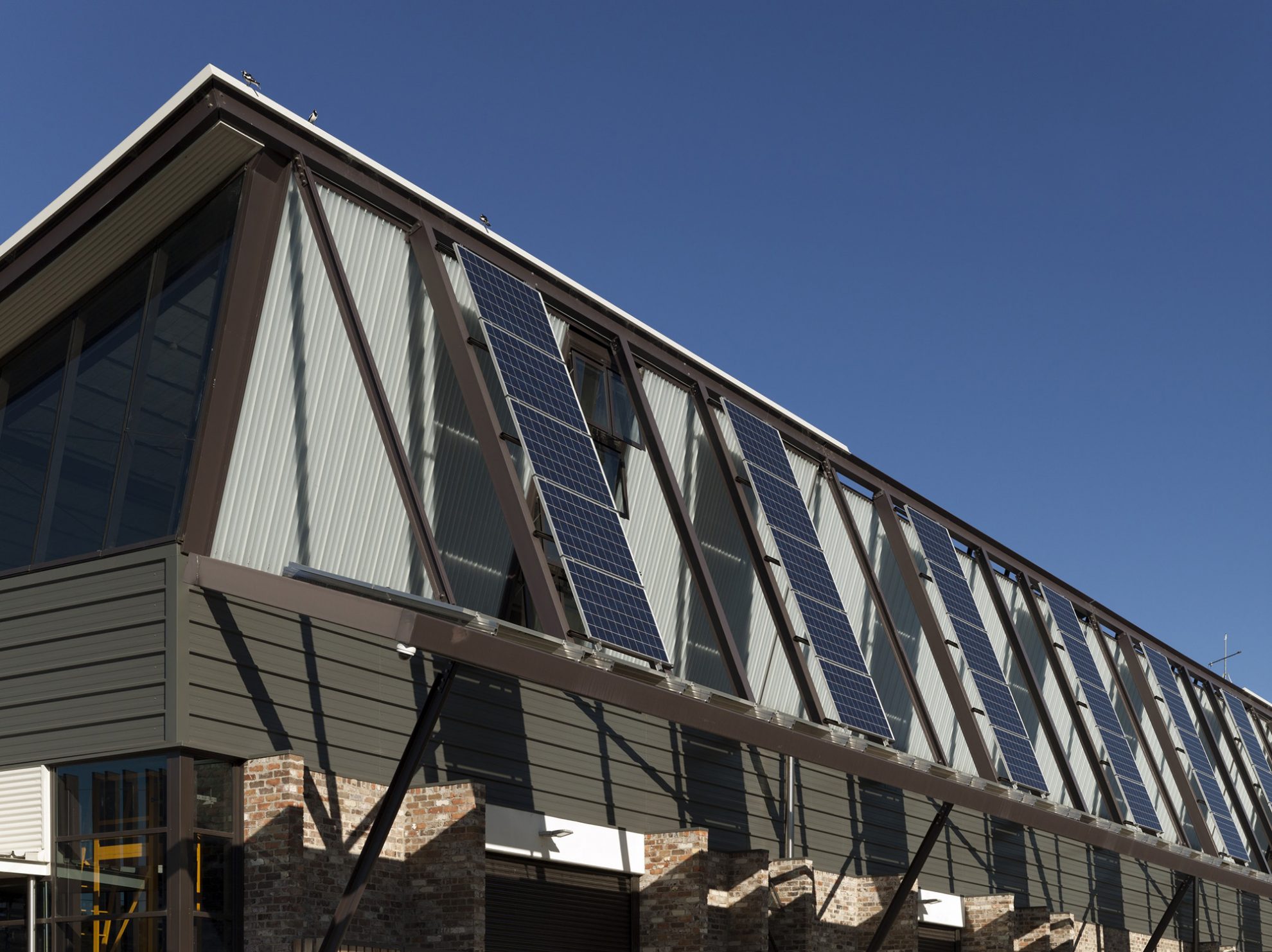
SBRC Director Senior Professor Paul Cooper
“We are incredibly pleased to receive this recognition from the International Living Future Institute, which demonstrates that the SBRC building is truly one of the most sustainable buildings in Australia, and could be said to be the most sustainable.”
Living Certification under the LBC means the SBRC building is the:
- 1st Living Certified Building in Australia
- 24th Living Certified project in the world
- 3rd Living Certified project outside the United States
- 1st project in Australia to achieve any level of LBC certification.
“The certification process has been a long and difficult journey since the building was completed in 2013,” Professor Cooper said.
“This process has involved the extensive monitoring of all aspects of building performance, and sourcing difficult-to-access as-built documentation for every component that went into the construction of the building.
“The final stages of this excellent work has been carried through by SBRC staff including Associate Professor Duane Robinson, Dr Craig McLauchlan and Dr Leela Kempton, together with staff from the building architects Cox Architecture, and ESD consultants Cundall, and Hyve Projects.”
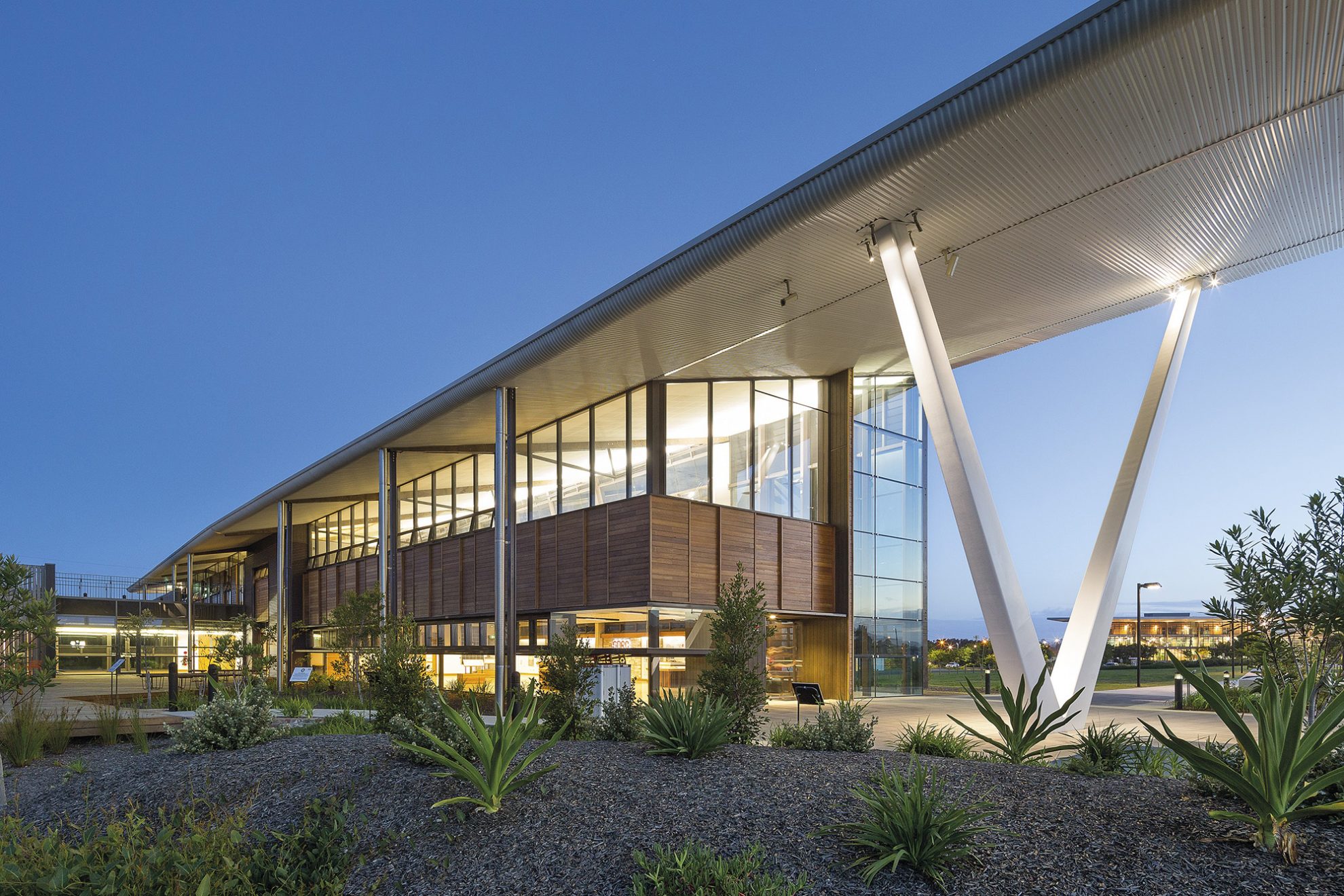
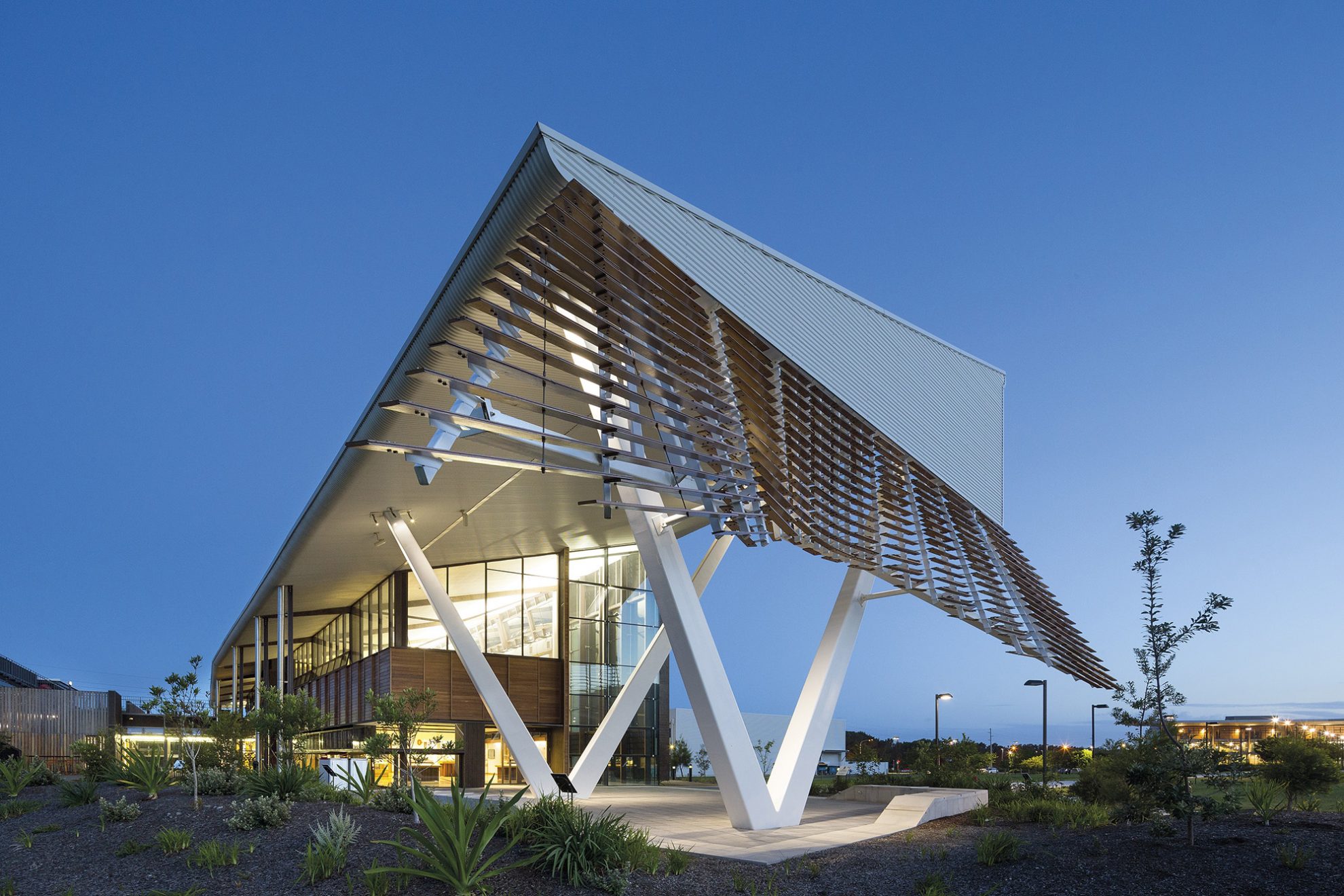
The SBRC is a haven for research and industry collaborations with the goal to make all buildings sustainable. The SBRC building itself is a demonstration of the value of the research the SBRC team carries out. It also has 6-Star Green Star certification and the building includes 468 solar panels to support net zero energy, an onsite rainwater system to enable net zero water performance, and use of environmentally safe and reused building materials.
Situated at the Innovation Campus, the centre’s Exhibition Foyer is open to the public during work hours.
“It is hoped people will explore the building and gardens, and be inspired to design their homes using similar principles,” Professor Cooper said.
For more information go to the following links: Sustainable Buildings Research Centre (SBRC) http://sbrc.uow.edu.au; International Living Future Institute http://www.living-future.org; and the Living Future Institute of Australia https://living-future.org.au/.